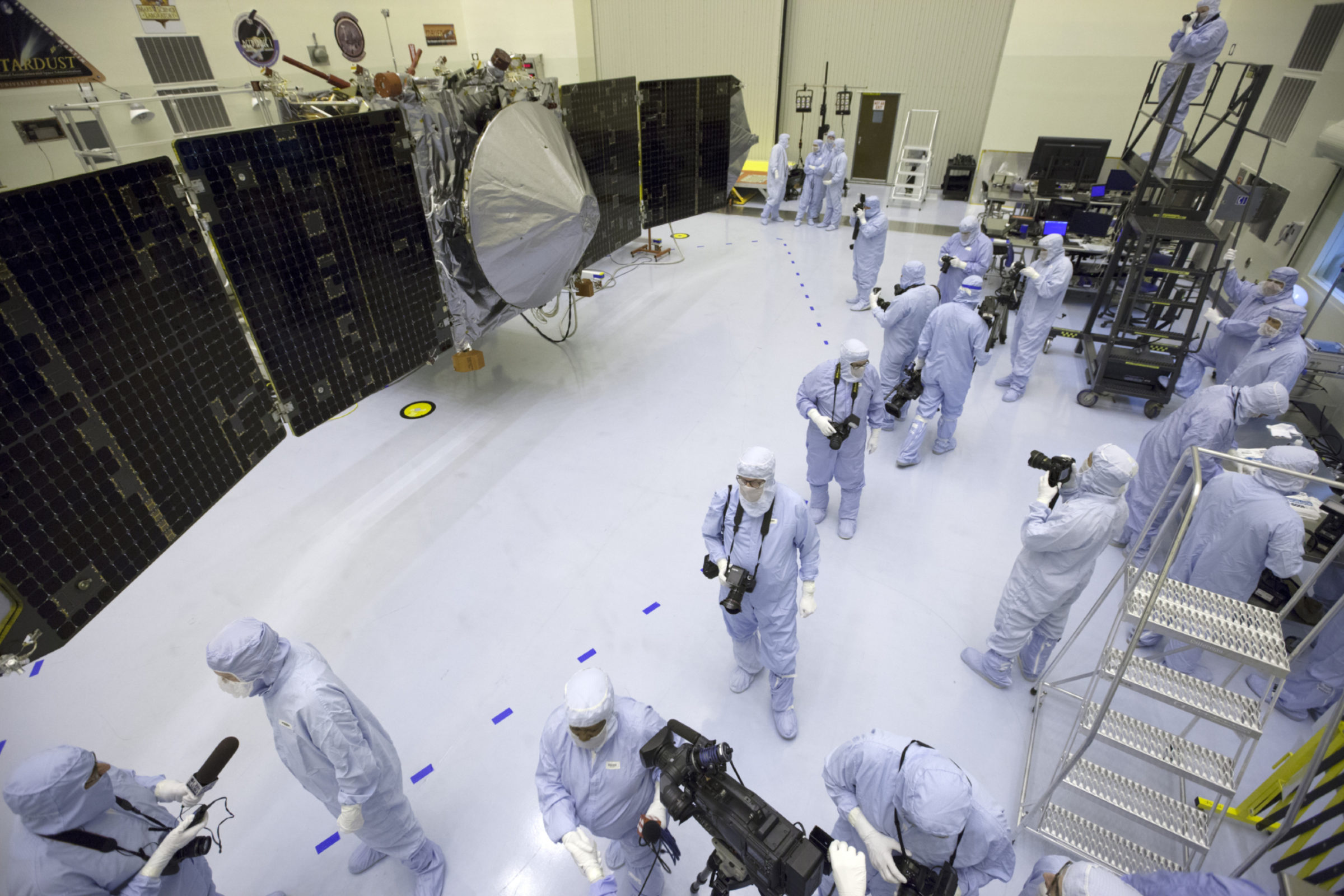Casey Dreier • Oct 03, 2013
NASA's MAVEN Mission Spared from Shutdown
In an increasingly rare display of sanity from Washington, NASA's Mars Atmosphere and Volatile Evolution Mission (MAVEN) was declared "excepted" from the current government shutdown so preparations for its November launch could continue.
Bruce Jakosky, the Principal Investigator for the MAVEN mission, shared the news:
I learned this morning that NASA has analyzed the MAVEN mission relative to the Anti-Deficiency Act and determined that it meets the requirements allowing an emergency exception.
MAVEN is required as a communications relay in order to be assured of continued communications with the Curiosity and Opportunity rovers. The rovers are presently supported by Mars Odyssey launched in 2001 and Mars Reconnaissance Orbiter launched in 2005. Launching MAVEN in 2013 protects the existing assets that are at Mars today.
A delay in the launch date by more than a week past the end of the nominal launch period, or a delay of launch to 2016, would require additional fuel to get into orbit. This would have precluded having sufficient fuel for MAVEN to carry out its science mission and to operate as a relay for any significant time. Our nominal launch period runs from 18 November through 7 December, and we can launch as late as about 15 December without a significant impact on our combined science and relay activities. There is no NASA relay orbiter planned post-MAVEN.
Although the exception for MAVEN is not being done for science reasons, the science of MAVEN clearly will benefit from this action. Launching in 2013 allows us to observe at a good time in the eleven-year solar cycle.
We have already restarted spacecraft processing at Kennedy Space Center, working toward being ready to launch on Nov. 18. We will continue to work over the next couple of days to identify any changes in our schedule or plans that are necessary to stay on track.
As reported earlier, the MAVEN spacecraft is in its final stages of assembly and testing at the Kennedy Space Center in Cape Canaveral, Florida. While the team had a few days of buffer built in to the schedule, an extended shutdown of activity would have delayed MAVEN's launch, potentially past the tight, three-week opportunity that comes around every 26 months.

Missing the launch opportunity would cost NASA hundreds of millions of dollars to store both the spacecraft and the Atlas V rocket for the next two years.
From an interview with Universe Today, mission PI Bruce Jakosky emphasized their determination to get MAVEN to Mars on time:
[Jakosky] said the team will do whatever necessary, including overtime, to launch MAVEN to the Red Planet by Dec. 7.
"The team is committed to getting to the launch pad at this opportunity, and is willing to work double shifts and seven days a week if necessary. That plus the existing margin gives us some flexibility."
That’s why I'm concerned but not yet panicked at this point.
Even though the MAVEN launch activities are excepted from shutdown, the employees working for NASA will not be paid. Congress must pass additional legislation to provide any backpay during a government shutdown.
Support our core enterprises
Your support powers our mission to explore worlds, find life, and defend Earth. You make all the difference when you make a gift. Give today!
Donate

 Explore Worlds
Explore Worlds Find Life
Find Life Defend Earth
Defend Earth

